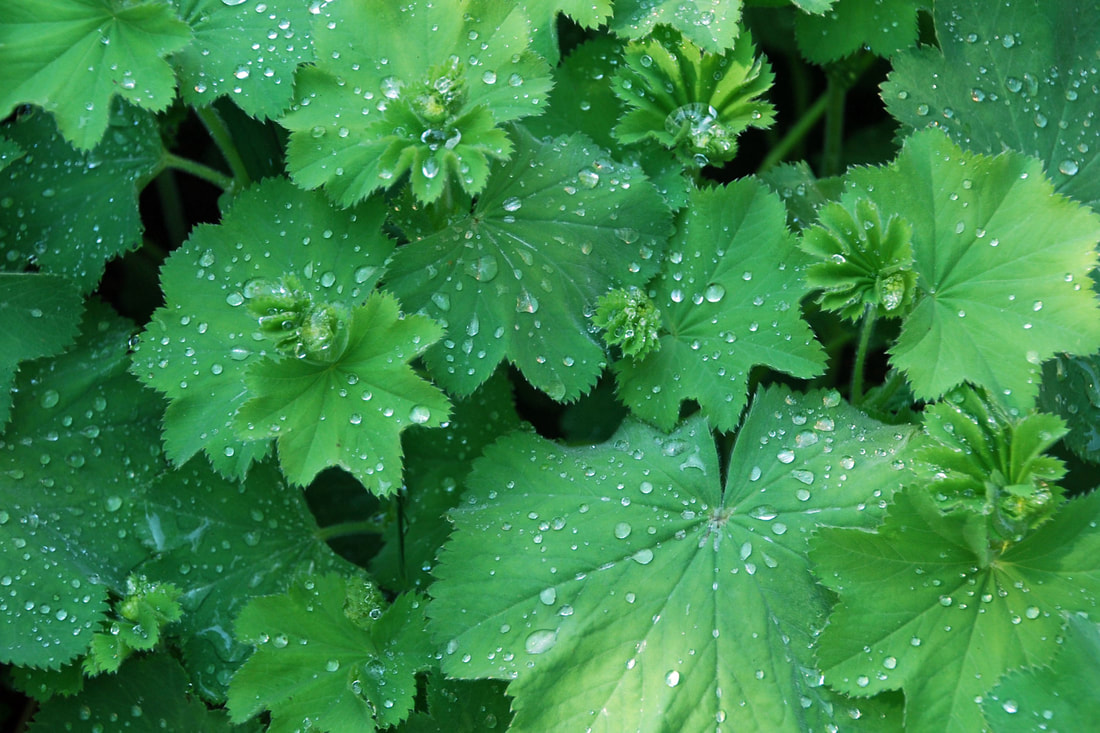More information is available at the Midwestern Regional Climate Center. Another resource is the Wisconsin Initiative on Climate Change (WICC) website for information on climate change specific to our state. The WICC is a network of many groups and individuals (UW and Wisconsin State agency scientists), who work together to look for ways Wisconsin can mitigate climate change and how we can adapt to those changes. This is how the WICC summarizes Wisconsin’s climate changes:
By sharing this specific data-driven information we can help limit vulnerability to climate change in Wisconsin and the Upper Midwest.
0 Comments
Leave a Reply. |
|
| North Country MGV | gARDEN bLOGS |
Location |
|

 RSS Feed
RSS Feed